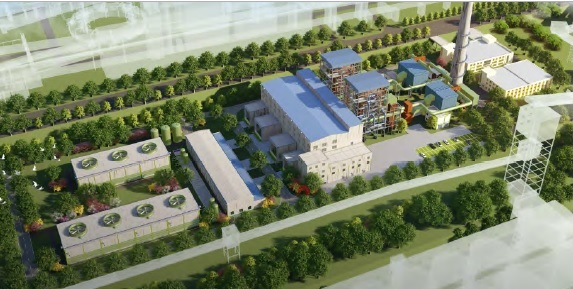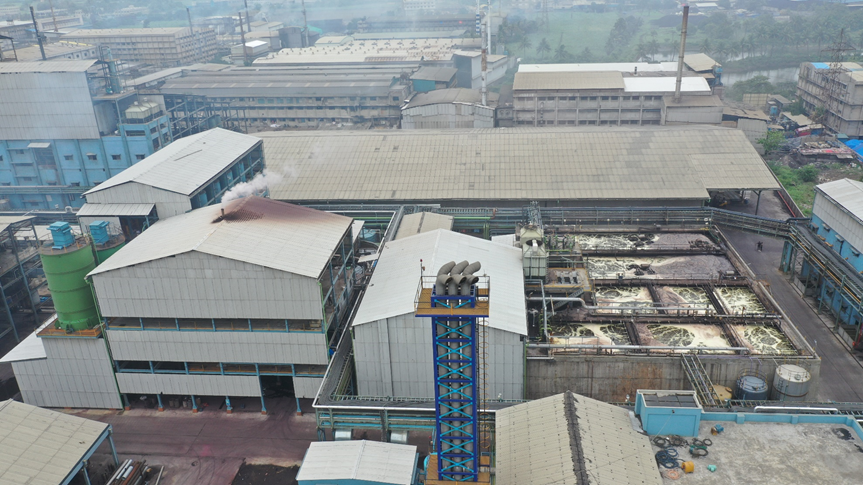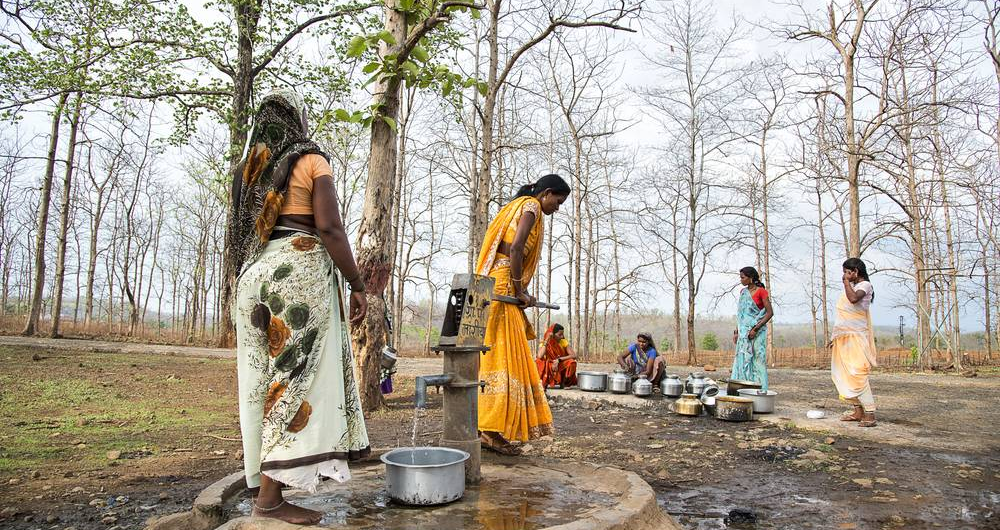Use of 3D modelling Helps Gain Economic and Environmental Savings and Improve Drawing Efficiency by 60%
Promoting Green Development in China
Shandong Province Metallurgical Engineering Co., Ltd is an international engineering smelting company that integrates investment, consulting, design, construction, and operations. After more than 60 years of development, the organization has grown into one of the top 10 design institutes and engineering, procurement, and construction (EPC) contractors in the metallurgical sector of
China. Smelting iron and steel often produces by-products such as blast furnace gas, converter gas, and coke. The gases are used in the production process or consumed through chemical product recovery. Remaining gases not used in the smelting process waste energy and could cause great harm to the environment. To mitigate the risk and limit the amount of pollutants that enter the atmosphere, the Chinese government is promoting smart and green production of smelting plants. Seizing the opportunity, Shandong Province Metallurgical Engineering is developing a new power generation plant in Jinan, Shandong province, a city of over 9 million that is well-known for its natural springs. It is also home to two integrated steel plants with an annual production of over 20 million tons. High energy consumption and heavy pollution produced by the steel conglomerates contaminates the natural environment, which means a poorer quality of life for residents. To mitigate the environmental impact, Shandong Province Metallurgical Engineering is undertaking the CNY 480 million EPC project. Covering an area of 46,000 square meters, the project involves simultaneously constructing two sets of condensation type steam turbines with ultrahigh temperature and ultrahigh pressure reheat gas boilers, as well as two sets of 65 megawatt ultrahigh temperature and ultrahigh pressure reheat turbo generator units and supporting facilities. The plant also includes a mature recirculating water cooling system with a circulating water pump house, suction well, and cooling tower. Among the challenges they were facing included a tight project area, a complicated pipeline layout, and a potential for pipeline and structural clashes. Given these restrictions they could not guarantee a high-quality design or their client’s requirement of digital delivery using 2D design. If we continue to adopt a conventional 2D design method, we won’t be able to guarantee the quality of design required by the owner nor the design schedule, said Tao Zhou, senior engineer and project manager with Shandong Province Metallurgical Engineering. Instead we adopted 3D models to achieve a high-quality and high efficiency collaborative design using digital applications.
Digital Design Increases Efficiency
Shandong Province Metallurgical Engineering commonly uses 2D software to design power generation facilities, which often lead to errors in the plan layout. Because of the complex design required on this project, they decided their conventional 2D power generation design methods would not suffice. Therefore, they opted for 3D modelling applications and a robust collaboration solution to increase efficiency and properly manage the design. Shandong Province Metallurgical Engineering turned to Bentley’s factory digital design applications to quickly adjust the plan and maximize their use of vertical space so that they could work within the tight construction area. They also used Lament to visualize the project realistically. Using Open Plant Modeller, they were able to easily arrange the facilities’ massive piping systems and complicated electrical and
Instrument control circuits under the steam turbine to avoid clashes and
Improve accuracy. In addition, they used Bentley’s Auto PIPE for pipeline stress analysis. Lastly, the team used





